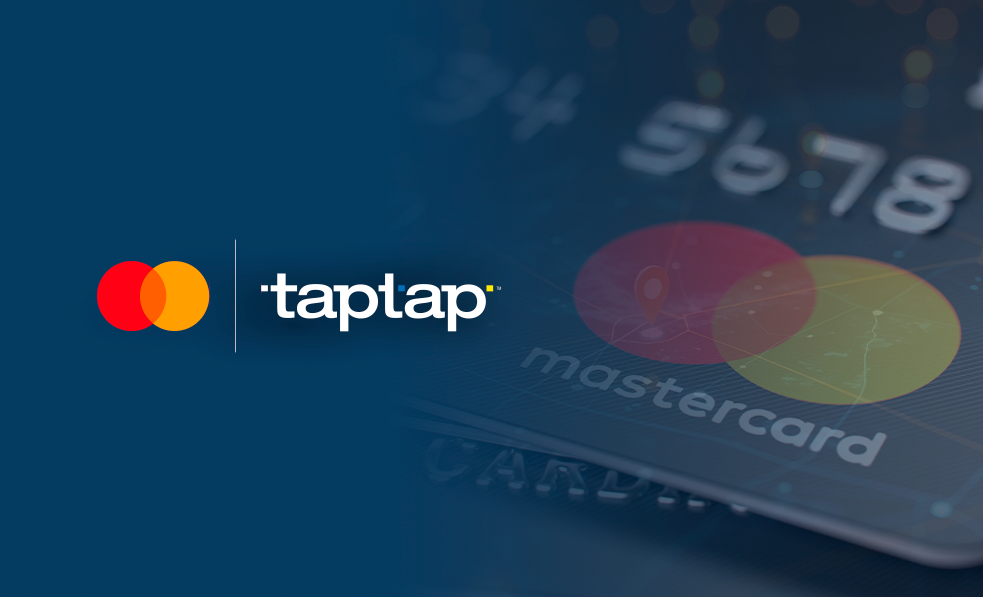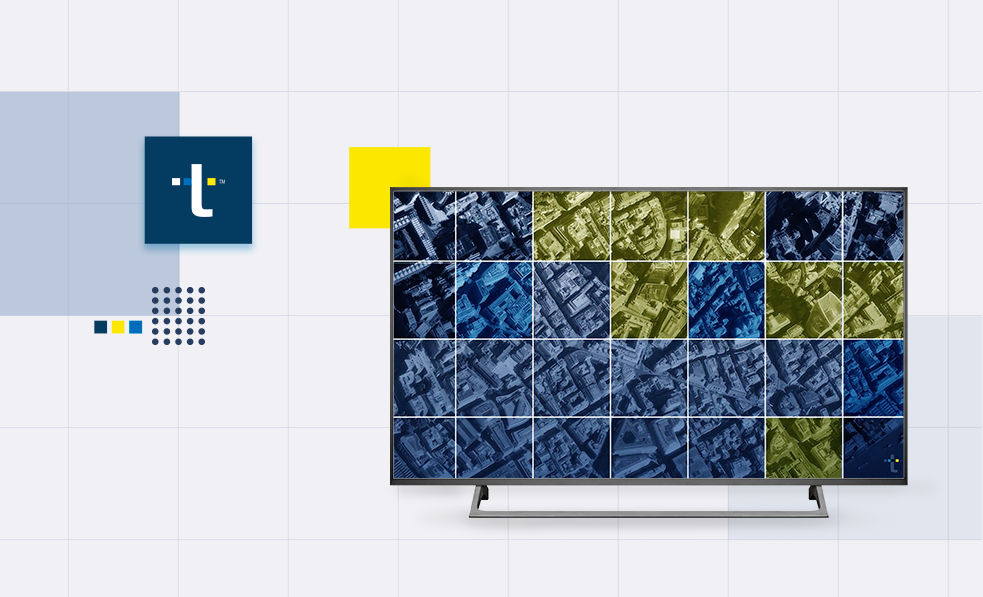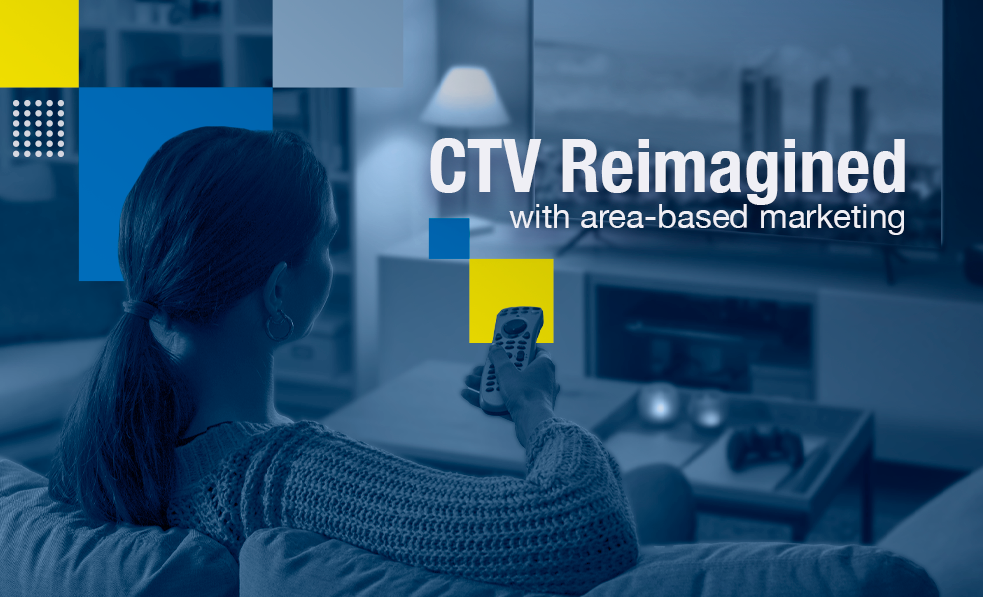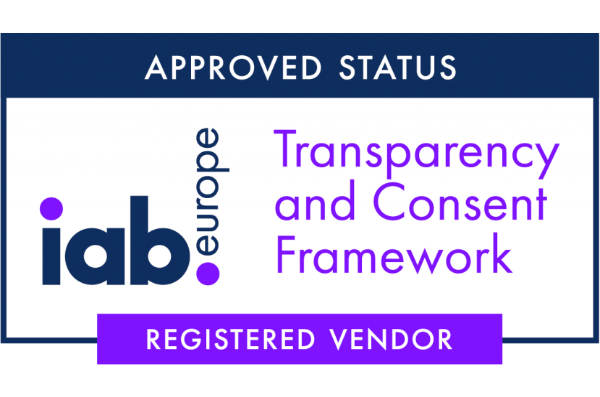Never before have we been so close to integrating the digital world into the physical world in terms of marketing and outdoor and indoor communication. Thanks to iBeacons, mobile phones and the shift to a more personalized, specialized and contextual marketing, retailers and brands will be able to communicate more accurately. Connecting with consumers at the right time and in the right place is now much easier, to the point of being able to reach absolute personalization.
This also creates a new dimension of knowledge which has never been considered before due to the immense amount of generated data. POS behavior analysis and correlation with other variables (consumption, planning, living) are the key to making advertising more responsive and turning traditional CRMs into specialized, productive and intelligent systems.
We don’t have to wait much longer before Steven Spielberg’s fantasy comes true, introduced to us in a disturbing film about a not-too-distant future in which people received personalized and contextualized advertising in real time at the point of sale... Minority Report.
And it seems incredible that a simple software upgrade (iOS7) can effectively bring about the convergence of a Hardware technology with the Software world. So much so, that a single technology, in this case Bluetooth, can be activated and suddenly become meaningful thanks to the possibilities made possible by Apple’s new software update, which integrates application and operating system capabilities, allowing the creation of a new ecosystem and new networking, interactivity and communication capabilities. All this and the rapid pace at which technology is woven into our lives will lead to a radical change in the way we interact with our environment, and particularly how retailers and brands communicate with us.
Here are a few tips to better understand the iBeacons technology:
- The iBeacon functionality was announced by Apple in June 2013 at Apple’s WWDC in Cupertino. The magic of this concept is that an open standard was created, BLE (Bluetooth Low Energy) also known as Bluetooth 4.0. This new Bluetooth version has existed since 2010 and has been included in most modern devices, regardless of manufacturer or operating system. Specifically in the iPhone world, this Bluetooth version has been integrated since the iPhone 4S. It is a fact that a BLE emitter (iBeacon) with a single ARM processor can operate for up to 2 years with a simple watch battery, even when it is constantly broadcasting to its entire surrounding environment. Thanks to Bluetooth 4.0, a range of up to 100 meters can be achieved, as well as levels of battery consumption well below the ones we were used to with the current Bluetooth, which basically means hardly any extra consumption in our devices. That’s something we’ll have to get used to, until we get over our misconception of Bluetooth’s current consumption on our mobile devices.
- Beacons can come in any form and can be placed almost anywhere. Increasingly, BLE microchips are being manufactured smaller and smaller and with greater capabilities thanks to the integration of microprocessors with other sensors (e.g.: accelerometers, temperature sensors, GPS reception, etc.). From a communications point of view, as far as developers and users are concerned, a beacon is no more than a transmitter which broadcasts a data packet (UUID, Major, Minor, etc.) which can be read by anyone in its range (about 50-100 m). As such, thanks to the integration of iBeacons into the OS, mobile devices receive this packet, identify the iBeacon and its distance, and provide this information to any application which has business logic associated to this iBeacon. Then, through connectivity with services, rules and/or content hosted on a server, following an analysis of the situation, it may act on the intelligence acquired by the system. Thanks to the integration of BLE in Apple and Android operating systems, iBeacons simply have to exist and transmit. Everything regarding discovery, connection and communication between the mobile device and the transmitter is automatically managed by the OS. And that’s the technology’s breakthrough feature which offers a plethora of possibilities. Indeed, the discovery or loss of an iBeacon can be performed in the background, even when the application has been “killed”, making the whole interaction process more transparent to the user.
- Some people try to compare, or put NFC ahead of Bluetooth, but ever since Bluetooth 4.0, a comparison is futile, especially in terms of area discovery and geo-fencing. Furthermore, BLE has evolved far more in terms of HW, since modern chips even allow OTA (Over The Air) updates of firmware. This is another breakthrough, since it means beacons can be updated remotely even after being placed and fixed in a specific location. These firmware updates could improve efficiency in energy use, install security patches or update broadcast encryption codes. Such improvements could enable beacons to stop transmitting at night to save energy, for example, in the context of a shopping mall.
- A breakthrough enabled by BLE is the use of fields or ranges, more specifically there are three by default (immediate, near and far). This enables distinctions and different actions depending on the distance from a beacon. For example, an operation could be performed by touching a beacon as if it were NFC. BLE will enable much more accurate geolocalization and geofencing than GPS+WiFi within any establishment. It also strongly promotes the concept of indoor-geopositioning, which until now was just an idea for the future.
- Points of sale or retailers may place many beacons (3 or more) to perform triangulation as good as any GPS or 3G network, which will allow indoor tracking for a relatively small cost (prices will decline significantly in the coming years as the technology becomes more widely adopted). As such, anyone who has a BLE-enabled device (the vast majority) and iOS7 or Android 4.3 or later will have access to this technology. In fact, Google has been drawing maps of indoor places for a while now (e.g. museums, airports, shopping centers,...) so the combination of these two technologies has great potential for both consumers and retailers.
- For all this to work well, a great deal of dedication and effort will need to be spent at the platform level, and that is why Apple has deployed a large 100% open development and integration structure available for everyone. In addition to iBeacons, other services like CoreLocation can be used, which can wake background applications thanks to WiFi, GPS and Bluetooth completely transparently to the end user. Furthermore, Apple’s new operating system includes another innovative library, CoreMotion, which takes advantage of the functionalities of the new M7 chip in the iPhone 5S to constantly analyze the device’s gyroscope, compass and accelerometer signals and provide feedback on the end-user’s position, orientation and activity. Android is a bit further away from this point of precise complexity but it can also take advantage of many iBeacon features.
- It’s been one year since Apple announced Passbook, and since then, other platforms (Android and Windows Phone) emulated the idea with other Apps. Passbook is a sort of digital repository for tickets, coupons, loyalty cards, transport tickets, etc. These also feature intelligent logic which allows them to act in a transparent way according to the user’s location, date and time. By combining iBeacons with Passbook, the entire platform of ticket distribution, redemption and more, becomes easy, fast and secure. And this, on top of providing all these mechanisms of loyalty, cross-selling or informational content with all the capabilities of a mobile device (internet, GPS, camera, accelerometer, compass, etc.).
- All this extends beyond the world of Retail. Obviously, by combining the possibilities offered by BLE through iBeacons, Passbook with other capabilities, both software and hardware, of devices like the iPhone, I can think of endless uses, from the world of commerce in Retail, to museums, events, access control, staff management, hospitals and patient monitoring, assistance for the disabled, traffic control, consumption efficiency (smart cities) and much more.
It is worth noting that Apple is preparing the new platform of the future for integration with Homekit houses and the announcement of the iWatch: infinite possibilities seem to lie ahead.
















